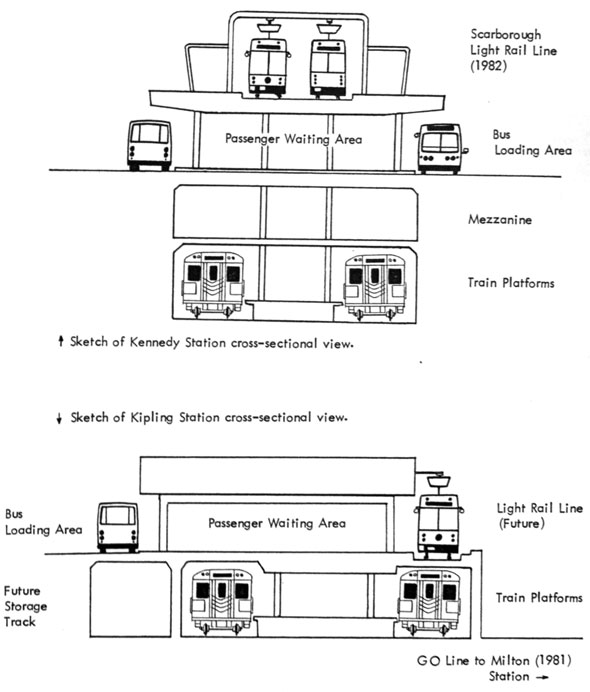RapidTransit
Active Member
Out of curiosity , how similar are the TTC TR/T1 cars vs a NYC R179 or any NYC trains. Would you be able to run a NYC train in Toronto tunnels and vice versa, a TR/T1 in NYC tunnels?
Would TTC be able to hop on a NYC train order and replace the T1s on BD? Or are the two models too far off in dimensions? Id be curious to know. I would think the NYC trains are more narrow for Toronto, creating large gaps between the train and platforms
Would TTC be able to hop on a NYC train order and replace the T1s on BD? Or are the two models too far off in dimensions? Id be curious to know. I would think the NYC trains are more narrow for Toronto, creating large gaps between the train and platforms





